A series of changes have been announced for the operation of heavier zero-emission vans following a Government consultation.
The Department for Transport (DfT) has announced that the additional five-hour training requirement for drivers will be removed and it will make changes to towing allowances for electric vans weighing up to 4.25 tonnes.
Zero-emission vans, the DfT says, should be subject to the same towing rules as equivalent internal combustion engine (ICE) vehicles.
The DfT will legislate to allow zero-emission vehicles (ZEVs) operating under the licence flexibility to tow a vehicle and trailer combination up to 7,000kg maximum authorised mass (MAM).
This will be under the same conditions as equivalent ICE vehicles and will reflect recent changes to B+E licence entitlements, it said.
Furthermore, it says, it will legislate to only allow ZEVs to access the licence flexibility and it will expand the flexibility to cover all vehicle types, beyond goods vans.
The changes will be welcomed by fleets, some of which have been cancelling orders for 4.25-tonne electric vans, because of ongoing confusion over regulations surrounding their use, according to the Association of Fleet Professionals (AFP).
Gerry Keaney, chief executive of the British Vehicle Rental and Leasing Association (BVRLA), said: "Electric van users have bespoke needs and face too many barriers that are restricting adoption. Today’s announcement shows that the Government is listening.
"These changes will bring greater flexibility and support more van operators in making the switch to greener vehicles sooner.
"The BVRLA remains committed to driving more positive change in this space and has pushed for the MOT regime to consider similar flexibilities for heavier zero-emission vans.
"Our work with partner associations is accelerating to make sure all levels of Government understand the need for renewed focus on the transition to ZEV vans.”
AFP chair, Paul Hollick, also welcomed the five-hour driver training requirement being dropped, but said he now wanted to see progress on the range of other issues that are slowing and even preventing 4.25t electric van adoption.
"These include the apparent need for an MOT test every 12 months from new and a speed limiter to be fitted," he explained.
"Additionally, any of these vehicles operating outside of a 100km radius of the base are still required to comply with EU driver hours rules and have a tachograph fitted.”
The AFP has previously highlighted need for further clarity around the operation of 4.25t electric vans, with the Office for Zero Emissions Vehicles (OZEV) suggesting the vehicles have been deregulated from all of the operator responsibilities that normally apply to vans over 3.5t.
The Driver Vehicle Standards Authority (DVSA) and the DfT, meanwhile, believe some still apply, says the AFP.
For the latest from the DfT on the regulations which still remain for the operation of heavy electric vans, click here.
Licensing laws originally changed in 2018
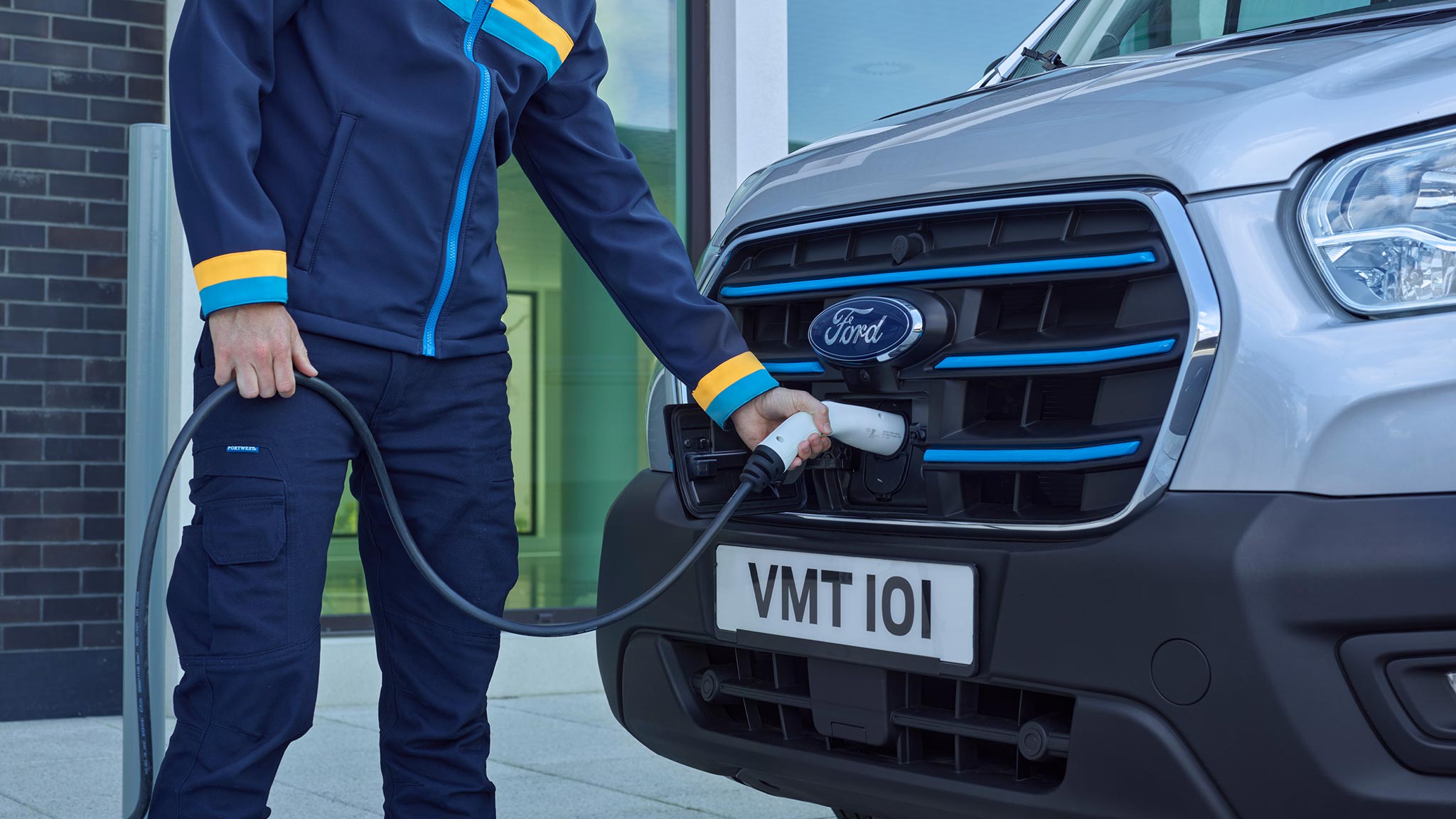
In 2018, UK law was changed so that the weight limit for Category B driving licence holders driving alternative-fuel vehicles (AFVs) could be increased from 3.5t to 4.25t. Such vehicles are also exempt from O licence rules.
At the time, with the UK a member of the EU, the change relied on a temporary derogation from the EU, which was issued by the European Commission in May 2018 for a period of five years, up to May 2023.
In June, the Department for Transport (DfT) told Fleet News that the licence flexibility “remains in place” and the Government has “no plans" to remove this "flexibility for zero emission vehicles", as it continues to support the uptake of zero emission vans.
However, with 4.25 tonne electric vans starting to come to market in quantity during the past year, AFP says there continues to be confusion over their operation.
The Government has now finally responded to its consultation, which closed in October, last year.
It had published responses to the consultation in July, but there had been no formal response from ministers, until now. But, even with these changes, concerns remain over the operation of heavy electric vans.
Typically, AFVs have an increased mass compared to their petrol and diesel equivalents. This is due to the additional weight of their powertrain, including the battery.
Despite this extra weight, the DfT acknowledged that these vehicles are equivalent in function and appearance to large petrol and diesel vans.
Flexibility to allow category B licence holders to drive AFVs, it said, was originally introduced to avoid constraining payload for operators using cleaner, alternatively-fuelled options, predominantly battery electric vehicles (BEVs).
Despite this flexibility, the DfT says that the zero-emission van market continues to face challenges and its engagement suggested that further measures were needed to support the uptake of AFVs.
The current licence flexibility legislation defines ‘alternative fuel’ as: electricity; natural gas; biogas; hydrogen; hydrogen and electricity (hybrid).
The DfT said that, while some of these fuels are zero emissions, others emit carbon and various pollutants from the tailpipe.
Consequently, some fuels would not meet the requirement for all new cars and vans to be zero emission at the tailpipe by 2035, hence the change in legislation.
Training change raises road safety concerns
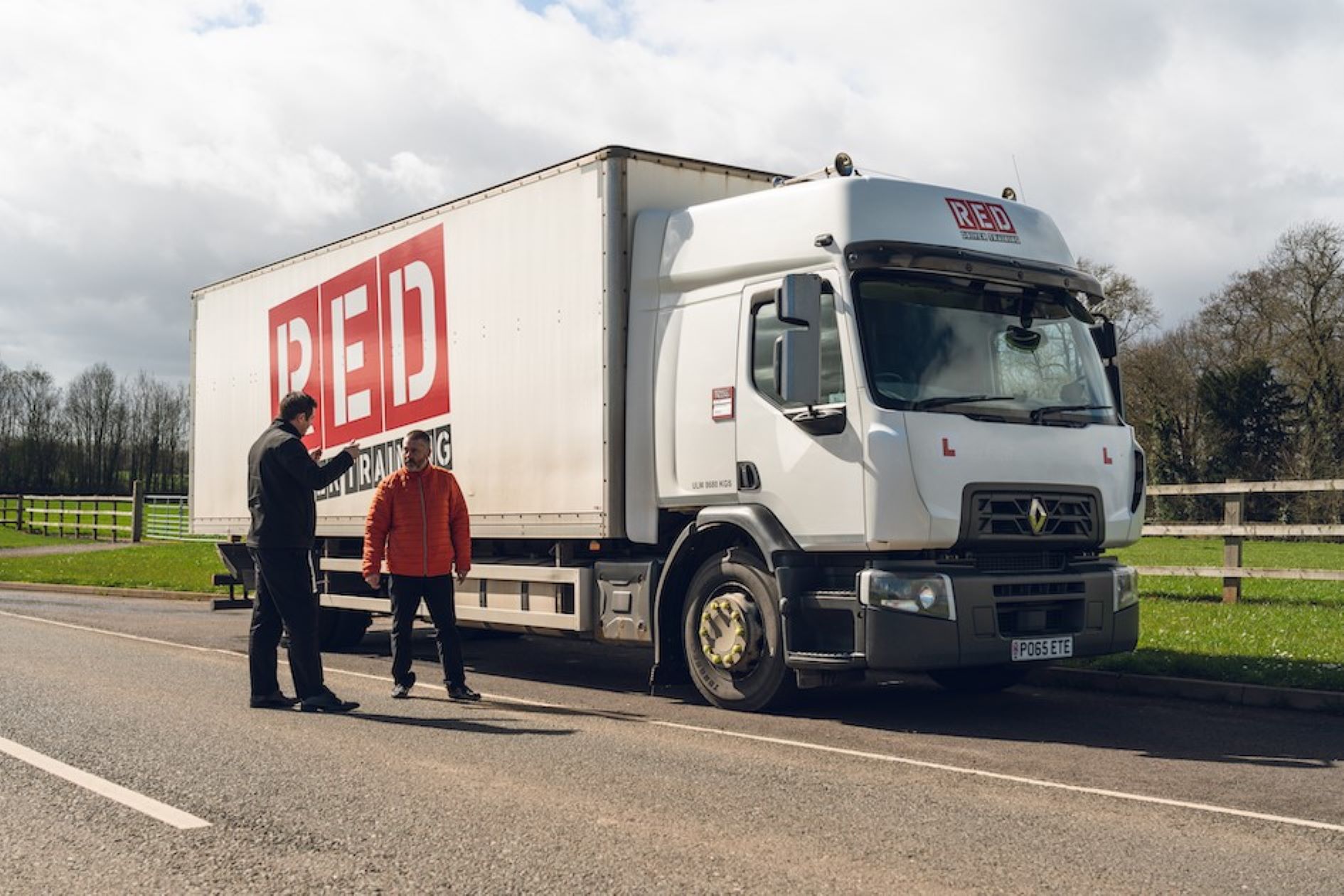
Red Corporate Driver Training is concerned about the Government's withdrawal of five hours driver training, meaning drivers will be allowed to drive a vehicle combination of up to seven tonnes, and several metres in length, without mandated training.
“This is yet another example of Government taking away established safety protocols to suit a particular agenda, in this case driving demand for EVs," said Red Corporate Driver Training CEO, Seb Goldin.
“Safety should not be something that can be dropped when it doesn’t suit – the thought of a newly qualified car driver being handed the keys to a big electric van with a large trailer on the back is frightening.
"It’s not just about being eligible – the question should be are they experienced and knowledgeable enough to drive it.”
Goldin believes that businesses should assess what vehicles their employees will be driving over the next few years and take action to ensure the risk to their fleet and other road users is managed as electric commercial vehicles go beyond 4.25 tonnes.
He added: “These EV panel vans are heavy already and it won’t be long before electric vans weigh more than 4.25 tonnes because they will need extra battery packs to make them commercially viable to businesses.
“The best solution is for businesses to assess their drivers and put those eligible forward for the more encompassing C1 training, which allows employees to drive vehicles up to 7.5 tonnes GVW."
Putting drivers through C1 training opens up a host of new options for businesses, according to Goldin. “It will give them a fleet of drivers qualified to safely and economically drive a fleet of vehicles up to 7.5 tonnes," he explained.
“This will allow businesses to be more flexible in their operations, countering driver absences and being prepared to adapt working practices if a new contract demands it.”
He concluded: “Businesses are looking at a period of huge change in the years ahead as we transition to more EVs on fleet, so it makes sense to get ahead of the game and future-proof as much of your operation as you can.”



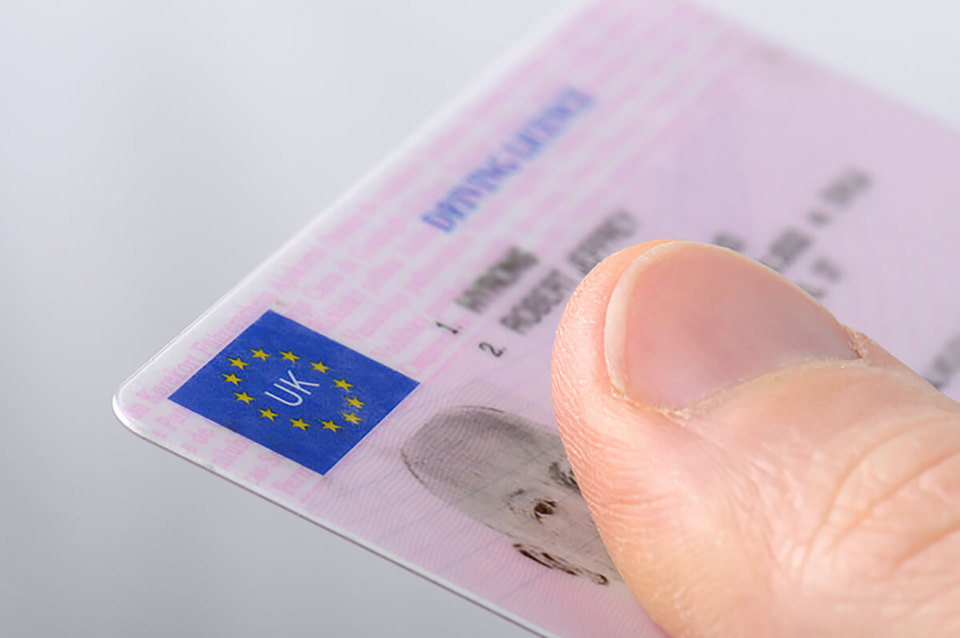




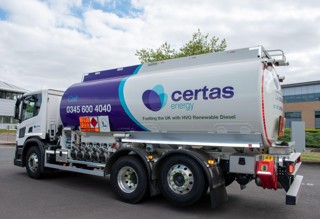
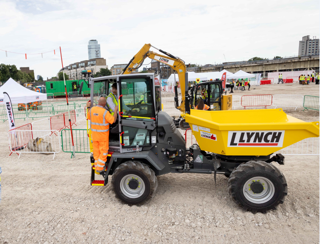















Login to comment
Comments
No comments have been made yet.